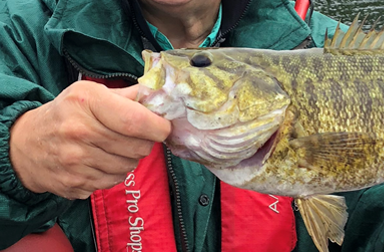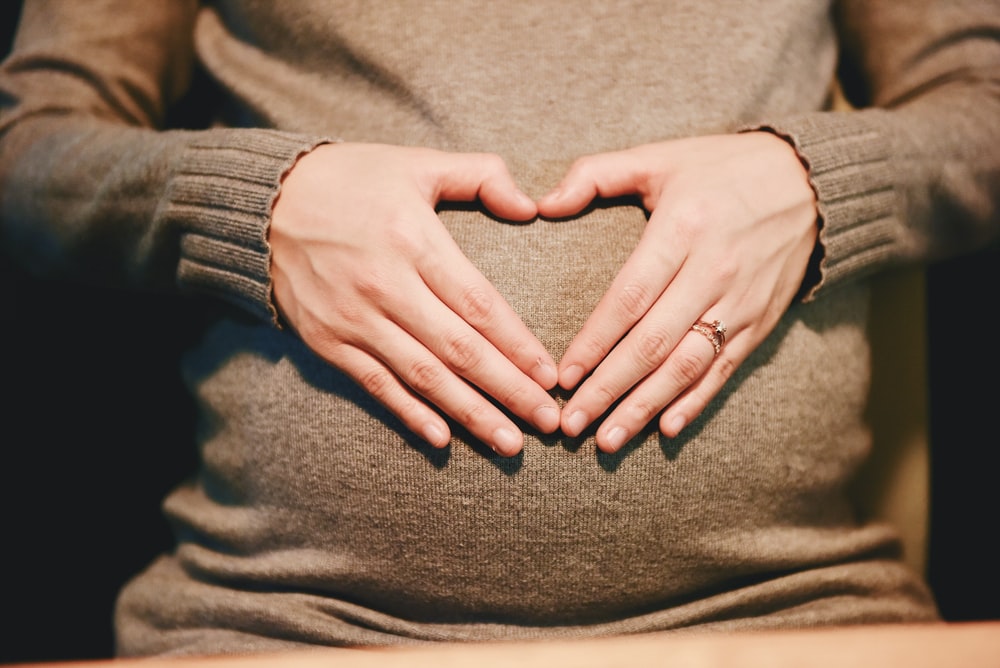Fish Consumption
Providing guidance on safer options for eating fish caught in New Hampshire.
Fish and shellfish are an important part of a healthy diet. They are a good source of low-fat protein and contain nutrients like omega-3 fatty acids, a key nutrient for brain development.
There are potential health risks in consuming fish and shellfish with elevated levels of contaminants. These contaminants include chemicals like mercury, polychlorinated biphenyls (PCBs), per and polyfluoroalkyl substances (PFAS) and more. To help recreational fishers and shellfish harvesters reduce their risks, the State of New Hampshire has statewide and waterbody-specific fish consumption advisories that provide recommendations for safer portions of certain species:
 NHDES continues to monitor mercury levels in fish tissues. In 2018, NHDES published a report analyzing the mercury content in 26 freshwater fish species from over 200 New Hampshire waterbodies from 1992-2016. The report evaluates human health risks, trends over time, and geographic patterns of mercury in fish tissue. For more information, read the Mercury in Fish Tissue Full Report. NHDES also provides a summary of the report.
NHDES continues to monitor mercury levels in fish tissues. In 2018, NHDES published a report analyzing the mercury content in 26 freshwater fish species from over 200 New Hampshire waterbodies from 1992-2016. The report evaluates human health risks, trends over time, and geographic patterns of mercury in fish tissue. For more information, read the Mercury in Fish Tissue Full Report. NHDES also provides a summary of the report.
Members of the public are encouraged to donate legally harvested fish to NHDES' Fish Tissue Mercury Monitoring Program. For more information about how to donate, read the Volunteers Collecting Fish For Mercury Analysis guidance document.
More information about Mercury:
- Mercury: Sources, Transport, Deposition and Impacts (NHDES fact sheet).
- Mercury in the Environment (NHDES fact sheet).
- EPA Guidelines for Eating Fish that Contain Mercury.
- ToxFAQsTM for Mercury (CDC guidance).
NHDES is currently investigating the occurrence of per- and polyfluoroalkyl substances (PFAS) in fish and shellfish from New Hampshire’s lakes, rivers and estuaries. This includes a sampling effort for fish from across southern New Hampshire in 2020.
 Fish and seafood are an important and healthy source of protein, especially for people who are pregnant or planning on becoming pregnant. However, reducing exposure to harmful contaminants is also an important step in reducing risk to everyone, including mothers and their infants. For those who eat locally caught fish, you can learn about which fish to avoid or limit consumption of by reading the Fish Consumption brochure.
Fish and seafood are an important and healthy source of protein, especially for people who are pregnant or planning on becoming pregnant. However, reducing exposure to harmful contaminants is also an important step in reducing risk to everyone, including mothers and their infants. For those who eat locally caught fish, you can learn about which fish to avoid or limit consumption of by reading the Fish Consumption brochure.
- Le mercure et la consommation de poisson (French)
- मर्करी र माछाको उपभोग (Nepali)
- Consumo de pescado e mercúrio (Portuguese)
- 汞和 鱼类食用 (Chinese)
- El consumo de pescado y el mercurio (Spanish)
If you only eat fish that you purchase from the grocery store or supermarket, you can find more information about safer choices from the FDA.
Lake Information Mapper
Interested in the mercury content in fish tissue from a particular waterbody? This map provides simple tables of these data where available.
Did you know?
Did you know?
Current state law prohibits the use of lead sinkers and jigs with a total weight of 1 ounce or less in all fresh water to protect Common Loons and other waterbirds.




